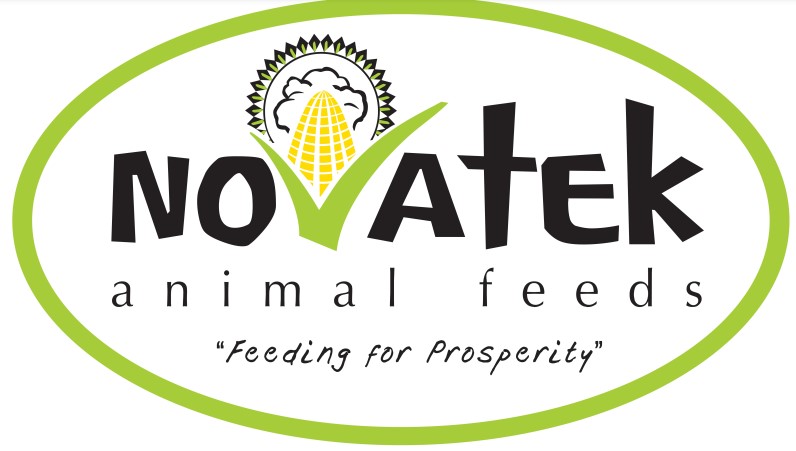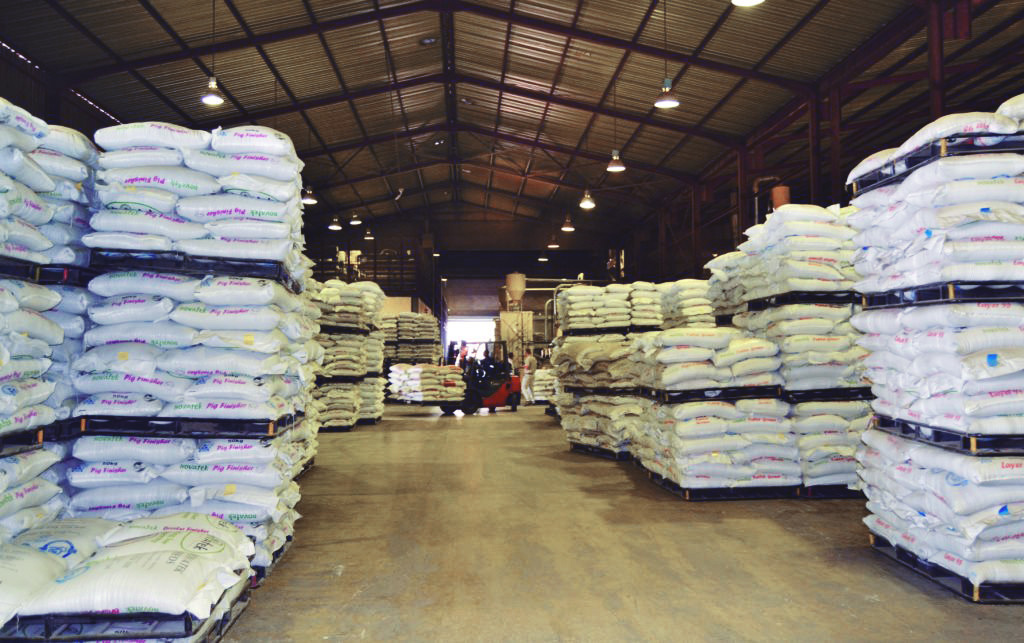Proper aquafeed management practise, including transport, handling, and storage practices, are essential to any profitable aquaculture farm. These practices help maintain nutrient quality from feed supplier to farmer in order to prevent wastage in the form of spoilage or physical damage. Apart from physical feed wastage, spoilt feed can impair growth performance, reduce water quality, increase disease susceptibility, and subsequently cause mortalities.
Factors that affect feed deterioration are either physical or biological in nature.
Physical damage includes:
Transport and handling
Transporting or excessive handling can cause pellet damage, leading to the generation in fines. High levels of fines can lead to a decrease in water quality and will represent a blind economic loss to the farmer. Moreover, damaged feeds expose the nutrients to microbial action.
Temperature and sunlight
Direct sunlight or extreme heat can damage sensitive nutrients, and reduce the nutritional value of the feed. Moreover, temperature fluctuations can lead to condensation and free moisture formation.
Moisture
Excess feed moisture as well as relatively high humidity levels will promote the growth of fungi and insects. It can increase the rate of oxidation and subsequently the rate of spoilage. When feed bags are left in contact with the ground or wall, condensation will form and seep into the bags. In addition, expanded aquafeeds are more porous than pelleted feeds, which increases their moisture absorption.
Insect and rodent infestation
Insects and rodents consume feed and destroy containers causing feed wastage and economic losses. Moreover, they can introduce bacteria into feeds through their faeces, which leads to feed spoilage.
Biological damage includes:
Microbial spoilage
Under the right conditions, bacteria will rapidly multiply and break down feed to produce toxic products, causing harm to fish. Additionally, the growth of mould can damage feed and produce health-damaging mycotoxins.
Oxidation
Oxidation reactions occur in the presence of oxygen, which causes feed to spoil at a quicker rate. For instance, fat in feeds can form peroxides that cause rancidity and off-flavours. These peroxides may bind with proteins or vitamins and reduce their availability.
To prevent or minimise the deterioration of feeds, some important guidelines should be applied:
- tore dry feeds for no longer than 6 months and ensure first in, first out practices are applied.
- Do not walk on the feed bags or use excessive force when handling them.
- Provide a clean, cool, dry, secure, and well-ventilated storage area, such as storage sheds.
- Store feed bags out of direct sunlight.
- Feed bags should not be piled more than 10 bags high on a platform 12 to 15 cm off the floor.
Short-term storage bins should be placed under shade cloth and sealed. - To discourage insect infestation, the application or dusting of nontoxic diatomaceous earth around and under the pallets can form part of the feed storage management programme.
- Sanitse the storage room and feed equipment on a regular basis.
- Fumigate the feed storeroom to ensure that there are no insects or pests.

For information on storage and handling of feeds, contact our nutritionist or technical team, or alternatively contact Robert Kanyembo, Novatek National Sales Manager on (+260) 97-125-2522.









